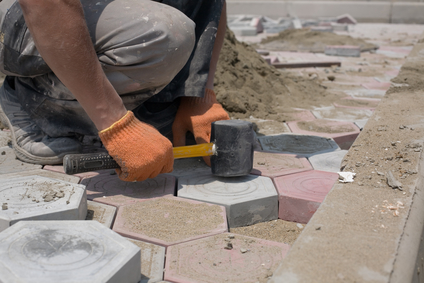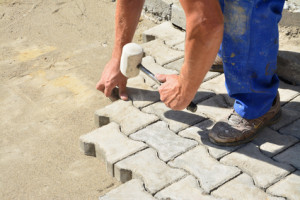How to Install Paving Stones on Concrete

How to Install Paving Stones on Concrete
There is no doubt that, when it comes to custom paving in South Florida, paving stones reign supreme over both asphalt and concrete. However, you don’t have to rule out either of these materials completely. You can install paving stones on concrete, and here’s your guide on how to do it.
Why You Should Install Paving Stones on Concrete
On its own, concrete may be inferior to pavement hardscapes. However, it can actually provide a surface that is remarkably stable when paving stones are installed over it. In fact, it is much more stable than installing paving stones over asphalt. This benefits you as a homeowner. Pavers remain stable for much longer, meaning you won’t have to replace them.
What You Will Need
- Concrete padding
- Bucket (about 10 quarts’ volume)
- Mortar
- Water
- Trowel (preferably one that has margins/notches)
- Paving stones
- Rubber mallet
- Dry cement
- Cement sand
- Broom
Step-By Step Instructions
- To install paving stones on concrete, first lay them on your concrete padding.
- In a bucket, mix your mortar with water until it becomes nice and thick.
- Use your trowel to spread a 0.25″ deep mixture on the padding, using the dimensions of your paving stones as a guideline.
- Starting in one corner, start to lay the pavers down. As you install each paving stone, make sure it is flush — both front to back and side to side.
- Pour dry cement beginning at the center and moving outward. Make sure this is a thin depth, about 0.25″ which will raise the central pavers to be level with the ones on the edge.
- Begin placing paving stones on the other corner, installing them the same way as in step #4.
- Secure the paving stones by tapping them with your mallet. Make sure they are all at a level depth.
- The last step to install paving stones on concrete is sprinkling concrete sand over the entire paving structure. Brush the sand off the stones themselves and into the crevices to make sure there is no excess.



